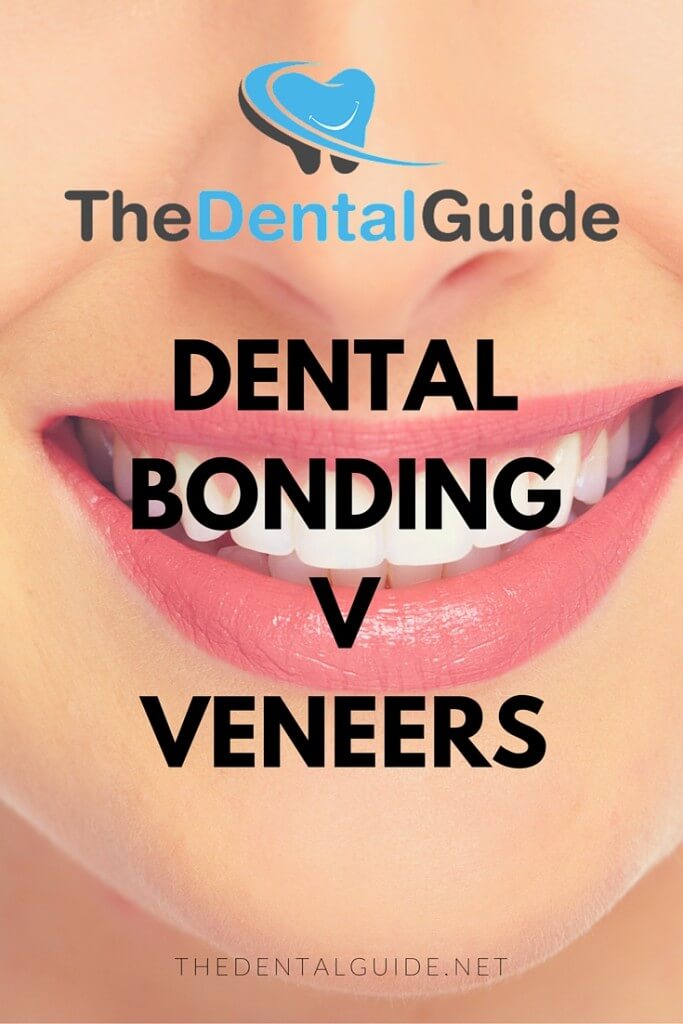If you’re looking to improve the colour and shape of your teeth there are a number of alternatives to veneers available, but one of the most popular is dental bonding. While bonding doesn’t have quite the same aesthetic impact as a set of porcelain veneers, it can make a big difference in the hands of a skilled dentist.
Here we’ll look at porcelain veneers versus dental bonding to hopefully help you make the right decision for your treatment.
Veneers
Dental veneers are essentially an artificial cover for your existing teeth, designed to improve the shape and colour of your smile. They are hugely effective and are one of the best ways to transform a smile, but they are often quite expensive and people often combine veneers with other cosmetic treatments.
The dentist will initially take an impression of your teeth and discuss the potential veneer options available. If you opt for porcelain veneers they will be custom made in a dental laboratory, after which you will require another dental visit to have them fitted.
The fitting process involves the dentist removing some of the enamel on your teeth before fitting the veneers over them. The result is a brighter smile with better-shaped teeth, and the results can be pretty spectacular.
The main downsides are the costs involved and the multiple visits to the dentists. The initial fitting can be expensive, and if the veneers are broken or damaged they will need to be replaced – often at some expense. If looked after properly they can last up to 20 years, so proper care is essential if you’re looking for value for money.
Porcelain veneers are extremely resistant to staining, so they should look great for a long time. Patients often find that they require teeth whitening as their natural teeth start to darken with age just to maintain the same shade as the veneers.
Dental Bonding
Bonding uses cosmetic resin to help repair any chips or cracks in your teeth, and can be used to treat a variety of issues including:
- Stains which are resistant to whitening
- Chips or cracks in the teeth
- Small gaps between teeth
- Short or narrow teeth
- Slightly misaligned or misshapen teeth
The resin will be applied and shaped by the dentist, before it is cured. The dentist will then usually continue to shape and polish the area until the desired look is obtained. For minor repairs to teeth and minor cosmetic issues bonding is usually the preferred option.
It’s considerably more affordable and the treatment can be completed in a single day, so many patients choose bonding over veneers for these kinds of problems.
If you have significant issues with tooth damage, discolouration or alignment then dental bonding may not be the best option. Veneers are one of the most transformative treatments available and are the ideal choice for repairing more extensive dental damage and correcting any tooth shape or alignment issues.
There are other options aside from porcelain veneers if they are currently outwith your budget. Instant veneers offer a useful and more affordable treatment which can normally be completed in a single visit, while you may be able to transform your smile using some tooth reshaping and teeth whitening treatments.
